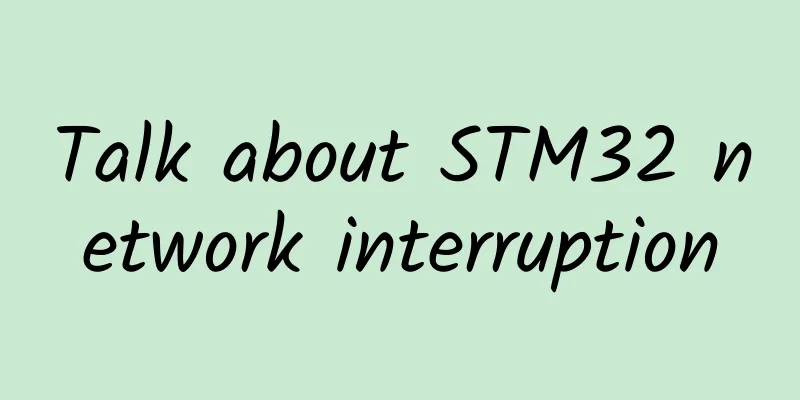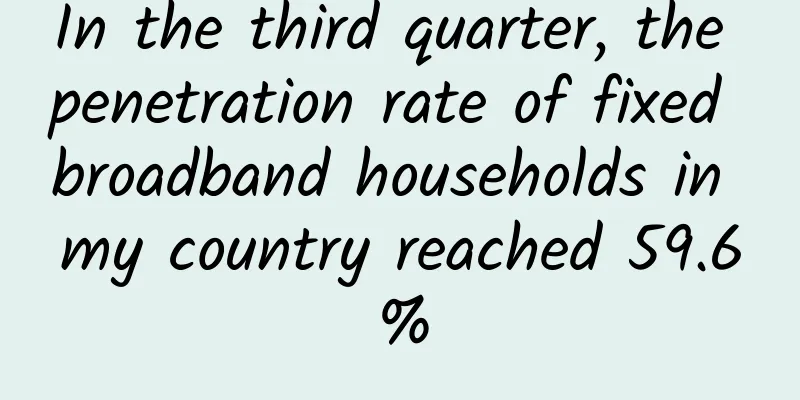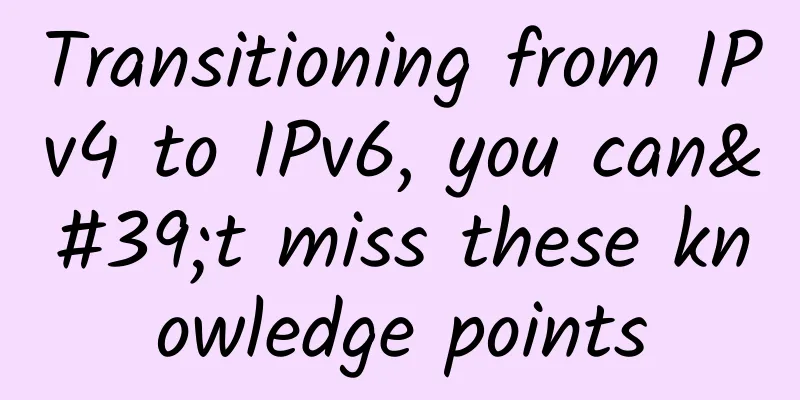Talk about STM32 network interruption

|
01 Introduction Network interrupt vectors: one for normal network operation and another for Ethernet wakeup events (with wakeup frame or magic packet detection) when it is mapped to EXIT line 19 The first network interrupt is reserved for interrupts generated by the MAC and DMA, as described in the MAC Interrupt and DMA Interrupt sections. The second interrupt is reserved for the interrupt generated by the PMT on a wake-up event. The mapping of the wake-up event to the EXIT line 19 causes the STM32F20X and STM32F21X to exit low-power mode and generate an interrupt. When an Ethernet wakeup event mapped to EXIT line 19 occurs and the MACPMT interrupt is enabled and there is a rising edge on the EXIT line 19 interrupt is also enabled, they can both wake up the interrupt. The RS bit (ETH_DMASR register) can be flexibly controlled using the watchdog timer (see ETH_DMARSWTR register). When this watchdog timer is programmed with a non-zero value, the watchdog timer is activated as soon as the RXDMA completes sending a received data frame to the system memory without triggering the receive state because it is not enabled in the corresponding receive descriptor (RDES1[31]). When the timer runs according to the programmed value, the RS bit is set to 1 and an interrupt occurs if the corresponding bit in the ETH_DMAIER register is enabled. The watchdog timer fails before running when a data frame is sent to the memory and RS is set to 1 because the timer is enabled for the descriptor. Notice: Reading the PMT control and status register automatically clears the received wakeup frame and received magic packet PMT interrupt flags. However, since the registers for these flags are located in the CLK_RX domain, there may be a significant delay before the firmware can see this update. This delay is particularly long when the RX clock is slow (in 10 Mbit mode) and when the AHB bus is high frequency. Since the interrupt request from PMT to CPU is based on the same register in CLK_RX domain, the CPU may mistakenly call the interrupt routine a second time even after reading PMT_CSR. Therefore, the firmware may need to poll the received wakeup frame and received magic packet bits and exit the interrupt service routine only if they are both found to be '0'. 02Code The network interrupt of STM32 should actually be the interrupt of the network-specific DMA. The data packets in the network conform to the 1518 rule, that is, they are 1460 bytes. The data packets received by MAC are 2K bytes. After each data packet on the network is received by MAC, an interrupt will be generated. The official code is this Obviously, the query method is used, and no interruption is used. The interrupts are used as follows: Configuring Network Interrupts Comment out the query code provided by the official website. After we use the interrupt form, the code is With this code, we have no problem receiving data smaller than the data size of a DMA descriptor, and it is very smooth. For more information about DMA descriptors, please refer to "DMA Controller for STM32 Network". When receiving a large amount of data, errors will occur, the reception will be slow, and receiving too much will cause a crash. The solution is: Change if to while In this way, the interrupt will be triggered after the entire data packet is received, thus solving this problem. This article is reprinted from the WeChat public account "Zhixiao Programming", which can be followed through the following QR code. To reprint this article, please contact the WeChat public account "Zhixiao Programming". |
>>: 4 cases, a whole article of valuable information! Make your edge computing not "edge"
Recommend
There are still more than 200 million IPv4 addresses unassigned!
Hello everyone, I’m Xiaofu. In 2019, there were r...
ZJI: 30% off on Huawei/Kwaiwan dual-line servers in Hong Kong, special Huawei models in Hong Kong starting from only 450 yuan/month
ZJI is a veteran host in the WordPress circle est...
Using light bulbs to surf the Internet? Speed of 100Gbps? Is the much-anticipated Li-Fi really that great?
I have told you before that our current wireless ...
Enterprises are joining in one after another, rapidly expanding the 5G private network "circle of friends"
As we enter 2021, the industry is increasingly ca...
Why does 6G run so fast?
The latest 6G speed created by Chinese scientists...
80VPS newly launched Japan CN2 line VPS, 2G memory package annual payment starts from 330 yuan
80VPS is a long-established Chinese hosting compa...
What is Wi-Fi 6, and how does it help expand broadband access?
The coronavirus pandemic has exacerbated the digi...
The battle for 5G has been lost. The US-Japan alliance has learned from the lesson and invested $4.5 billion to start the battle for 6G supremacy
Although the United States used a lot of politica...
The importance of structured cabling for different industry applications
Structured cabling standards help organizations a...
Interesting explanation of TCP three-way handshake and four-way wave
Students who have studied computer networks know ...
Mobile edge computing provides unlimited possibilities for 5G innovation
At the "2017 China MEC Industry Development ...
How will your life change in the next five years? Artificial intelligence may enter various industries like hydropower
The country recently announced the draft outline ...
Three steps to converge cloud and edge computing for IoT
The Internet of Things has grown rapidly over the...
What does the expansion of 4G mean for big data?
As the market share of smartphones continues to g...
Five network management trends for 2022
With the advent of the Internet era, people need ...









